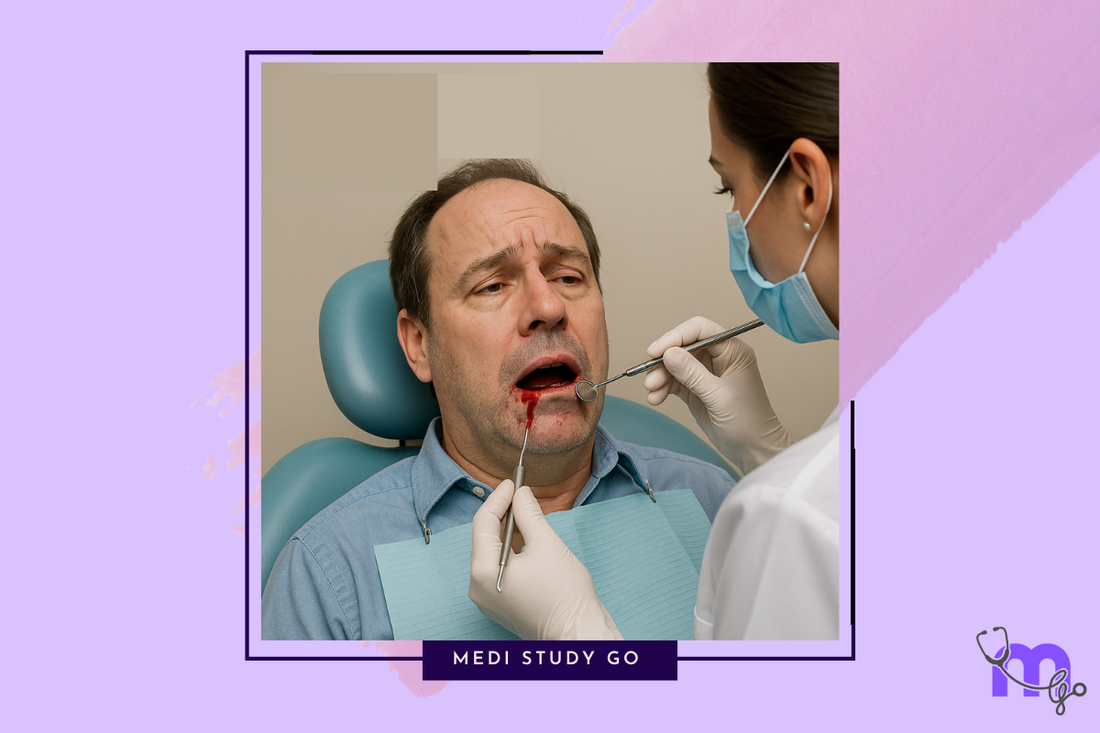Anticoagulant Therapy in Dental Patients: Managing Bleeding Risks and Emergency Reversal
Medi Study Go
Related Resources:
- Comprehensive Guide to Medical Emergencies in Dentistry
- Cardiopulmonary Resuscitation in Dental Settings
- Syncope Management in Dental Clinics
- Postural Hypotension in Dental Patients
- Tracheostomy Emergencies in Dentistry
- Anaphylaxis in Dental Practice
- Managing Acute Anginal Attacks
- Diabetic Emergencies in Dentistry
- Adrenal Insufficiency Crisis
- Hypertensive Crises in Dental Clinics
- Status Epilepticus and Status Asthmaticus
Introduction
The management of dental patients on anticoagulant therapy presents a significant clinical challenge, requiring careful balance between thrombotic and hemorrhagic risks. With the aging population and increasing prevalence of cardiovascular conditions, dental professionals routinely encounter patients taking various anticoagulant and antiplatelet medications. Historically, the standard approach involved discontinuing these medications before dental procedures, but contemporary evidence has shifted toward maintaining therapy for most dental interventions while implementing local hemostatic measures. This paradigm shift reflects growing recognition that thrombotic risks from medication interruption often outweigh bleeding complications from maintained therapy. This comprehensive guide explores the pharmacology of modern anticoagulants, evidence-based approaches to perioperative management, techniques for handling bleeding complications, and emergency reversal protocols when severe hemorrhage occurs. Through integrating current guidelines with practical clinical strategies, dental professionals can provide safe, effective care while minimizing both thrombotic and hemorrhagic risks in this vulnerable patient population.